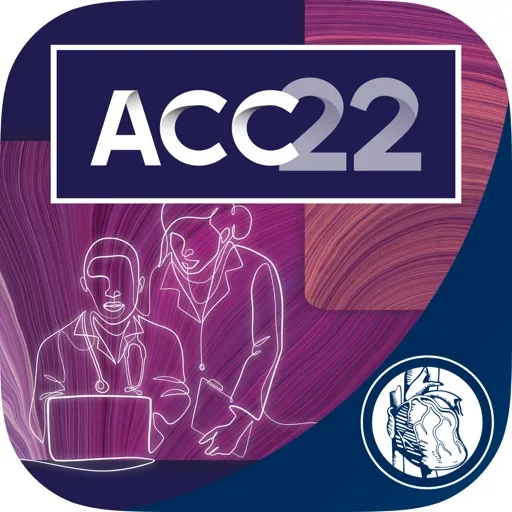
Contemporary Prevalence of Valvular Heart Disease & Diagnostic Variability Across Centers
BACKGROUND Valvular heart disease (VHD) is progressive and deadly, requiring timely diagnosis for optimal outcomes1 Prior landmark analyses of VHD prevalence in the United States (US), including the Framingham Heart Study2 and Nkomo et al.3 , have reported notable prevalence of disease However, these analyses were limited in scope (e.g.,

Artificial Intelligence to Assist Physicians in Identifying Patients with Severe Aortic Stenosis
BACKGROUND Severe aortic stenosis (AS) remains a life-threatening form of valvular heart disease. Missed diagnosis of severe AS can lead to a delay in treatment and poor outcomes, but there are limited tools available to help physicians minimize the risk of missed diagnoses. OBJECTIVE Here, a Diagnostic Precision Algorithm was

Artificial Intelligence-Enabled Predictive Model of Progression From Moderate to Severe Aortic Stenosis
BACKGROUND Progression from moderate to severe aortic stenosis (AS) warrants careful monitoring due to the increased risk of sudden death and heart failure, with disease progression significantly varying among patients and no accurate predictive tools presently available. OBJECTIVE A Disease Progression Algorithm was developed from a deidentified database of 1,163,923
